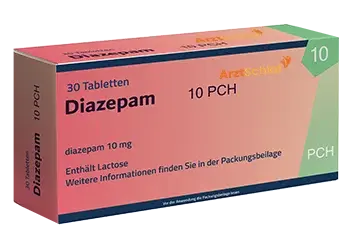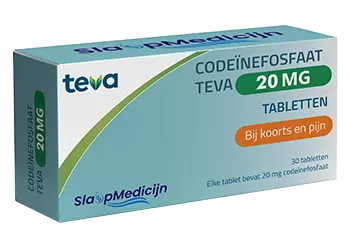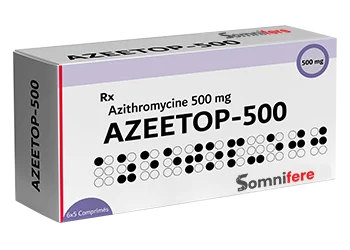In the realm of modern medicine, groundbreaking advancements have continually reshaped the landscape of therapeutic interventions. One such cutting-edge innovation is the emergence of small interfering RNA (siRNA) drugs, which hold immense promise in tackling previously untreatable genetic diseases. Harnessing the power of RNA interference, siRNA drugs offer a novel and targeted approach that has the potential to revolutionize precision medicine.
At the heart of siRNA drugs lies a fundamental biological process known as RNA interference. RNA interference acts as a natural defense mechanism within cells, regulating gene expression and silencing specific genes to prevent the production of harmful proteins. The mechanism of action of siRNA drugs is based on post-transcriptional gene silencing. These drugs consist of short strands of synthetic RNA molecules designed to specifically bind and target complementary mRNA sequences in the cell. Once inside the cell, these siRNA molecules guide an enzyme called the RNA-induced silencing complex (RISC) to the targeted mRNA. RISC then initiates a series of enzymatic events, leading to the degradation of the mRNA and preventing the synthesis of the corresponding protein[1]. By selectively silencing disease-causing genes, siRNA drugs offer a highly precise and potent means of intervention.
The development of siRNA drugs has been an incredible scientific journey, full of challenges and breakthroughs. The field initially encountered difficulties in ensuring efficient delivery of siRNA molecules into target cells due to their size and negative charge, which posed impediments to passing the cell membrane. Researchers persisted, experimenting with numerous tactics such as nanoparticle encapsulation and chemical modifications to improve stability and cellular uptake.
In recent years, significant advancements have propelled the development of siRNA drugs forward. The journey of siRNA drugs from bench to bedside has witnessed several significant milestones. In 2018, the FDA approved the first siRNA drug, Patisiran, for the treatment of hereditary transthyretin amyloidosis, a rare genetic disease. Subsequently, siRNA drugs have shown an accelerated trend in approvals, exemplified by the approval of Alnylam’s Givosiran for the treatment of primary hyperoxaluria type 1 in 2020. These approvals have highlighted the therapeutic potential of siRNA drugs and inspired further research and development.
In line with trends in drug development, GemPharmatech has established a comprehensive metabolic research platform targeting various prevalent metabolic and cardiovascular diseases such as obesity, diabetes, NASH, hyperlipidemia, and hypertension. This resource platform incorporates multiple humanized mouse models generated through techniques such as transgenesis, CRISPR/Cas9, and the introduction of corresponding human sequences into mice. These models can be utilized for the evaluation of targeted human antibodies, siRNA drugs, and other therapeutic interventions, aligning with the current focus of pharmaceutical research.
Models for small nucleic acid drug research
| Disease | Targets |
| Obesity & Diabetes | hGLP-1R, hGIPR, hMC4R, hTGR5, hGCGR, hGPR75, hINHBE, hSGLT2 |
| Dyslipidemia | hPCSK9, hAPOC3, hAPOA1, hAPOB, hANGPTL2, hCETP, hB4GATL, hANGPTL3 |
| NASH | hSTK25, hPNPLA3, hKHK, hHSD17B13, hDGAT2, hCIDEB, hHMGB1 |
| Other | hIL17A, hHSP47, hAGT, hTTR, hXDH, hHAO1 |
Reference:
- Alshaer W, Zureigat H, Al Karaki A, Al-Kadash A, Gharaibeh L, Hatmal MM, Aljabali AAA, Awidi A. siRNA: Mechanism of action, challenges, and therapeutic approaches. Eur J Pharmacol. 2021 Aug 15;905:174178.






